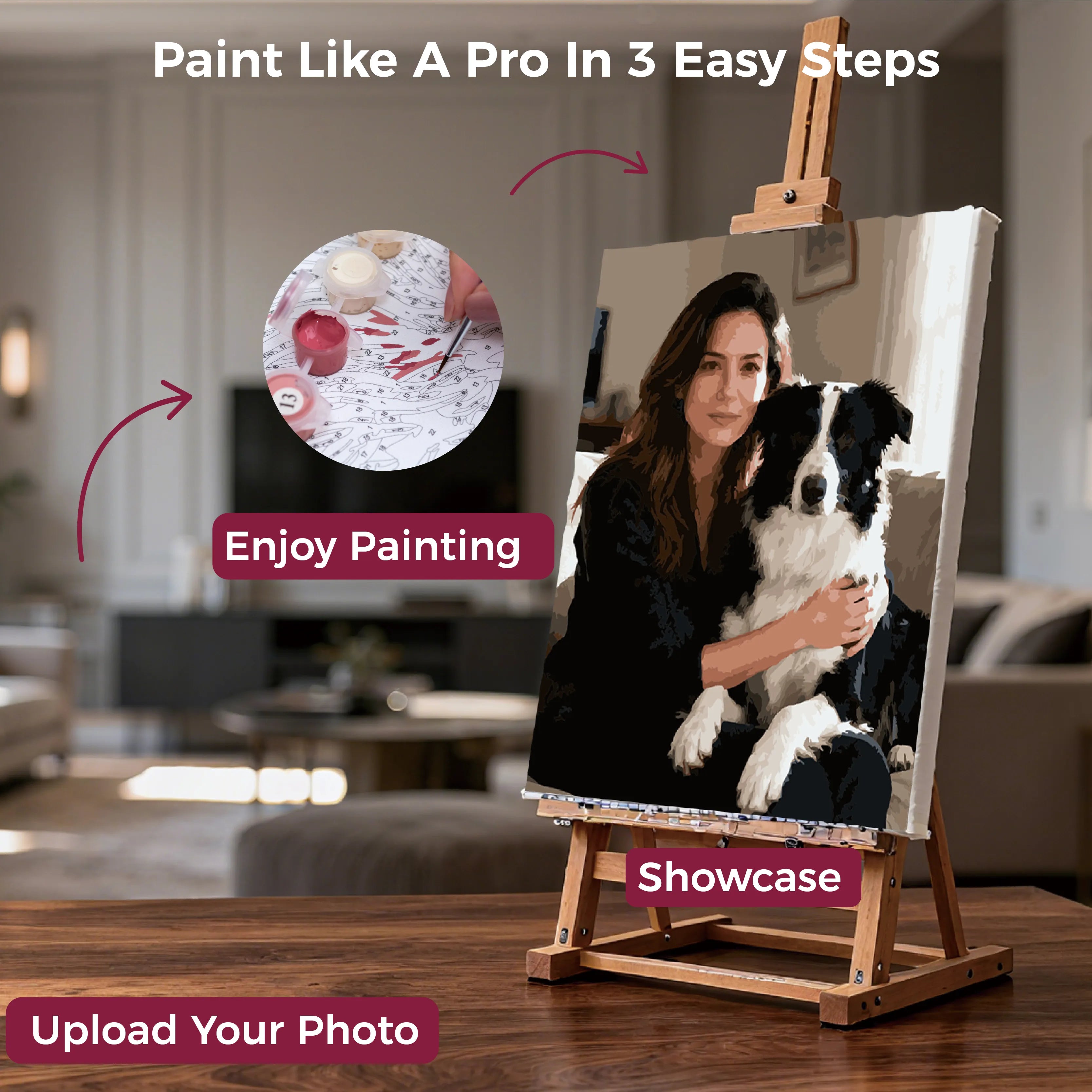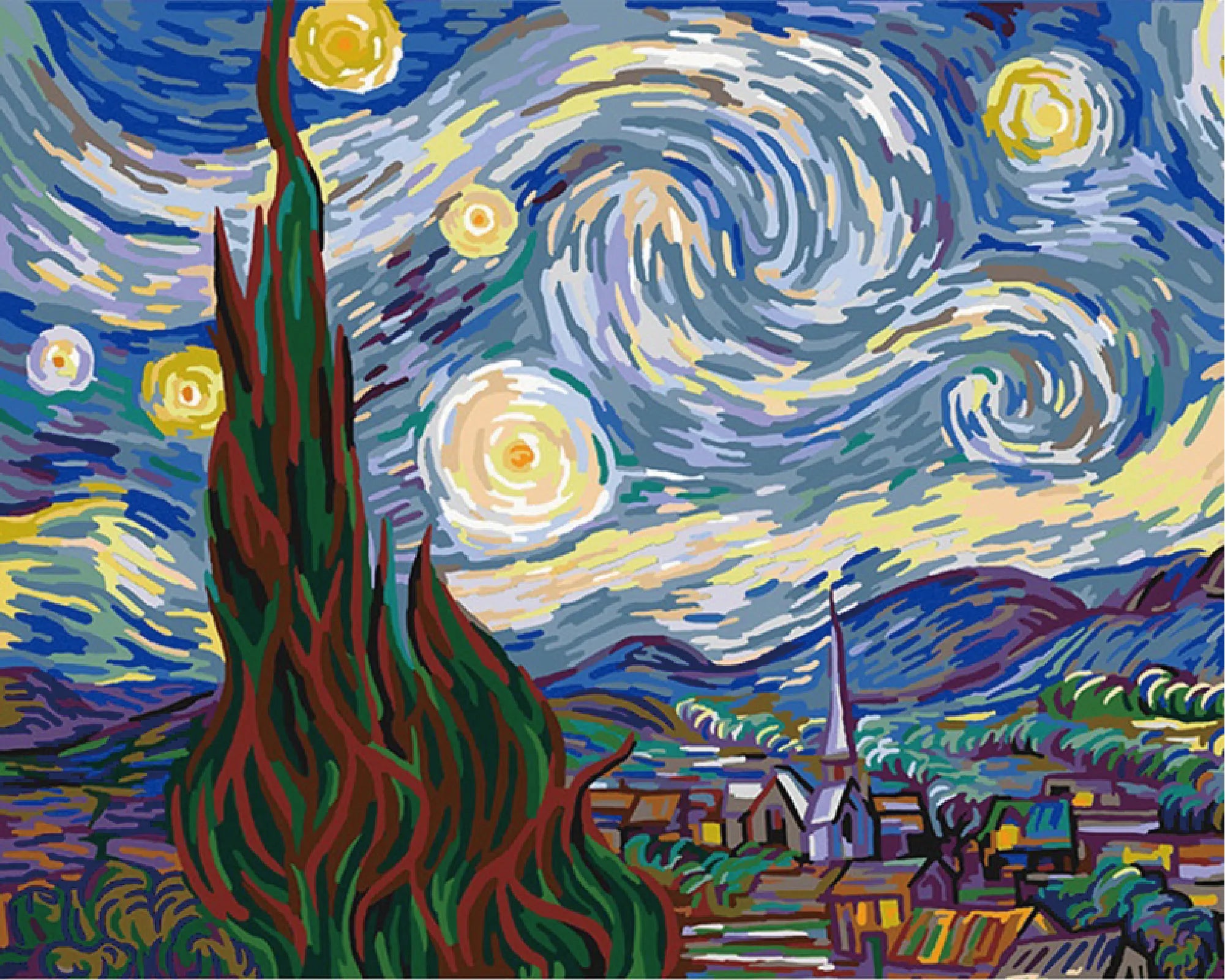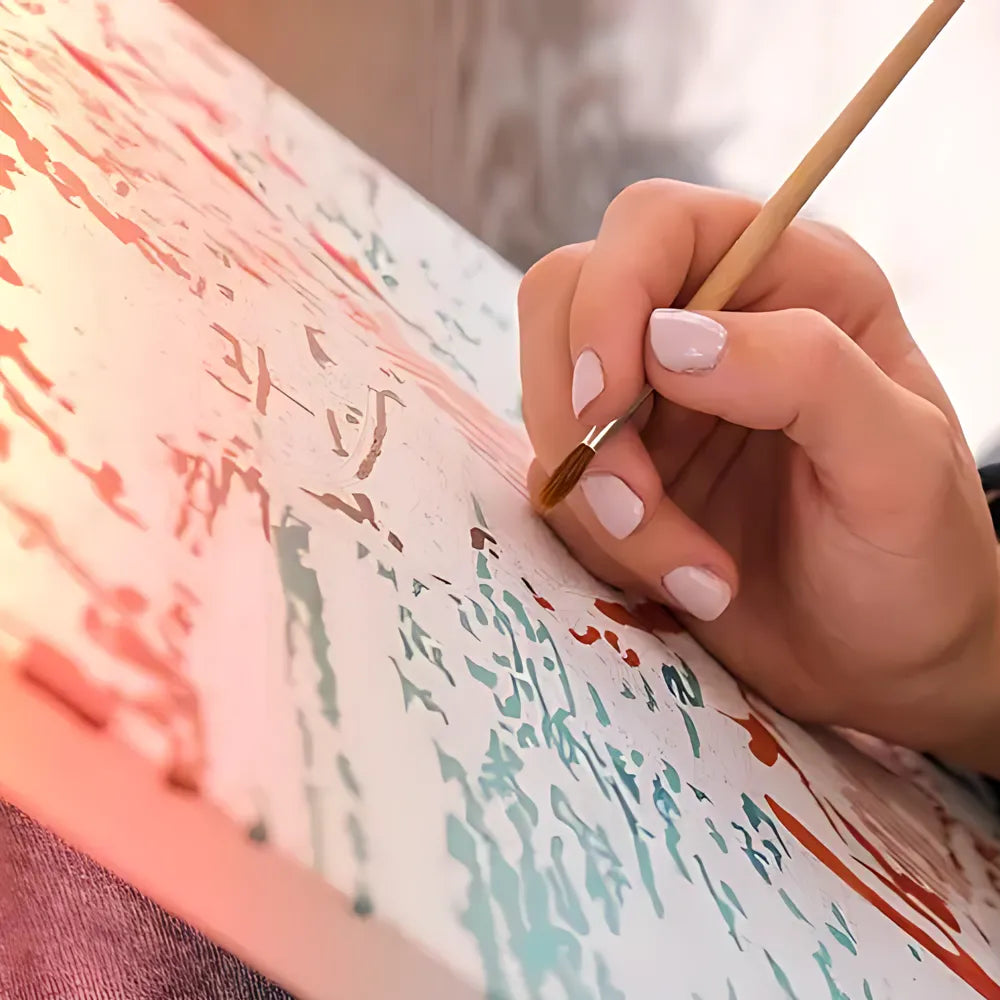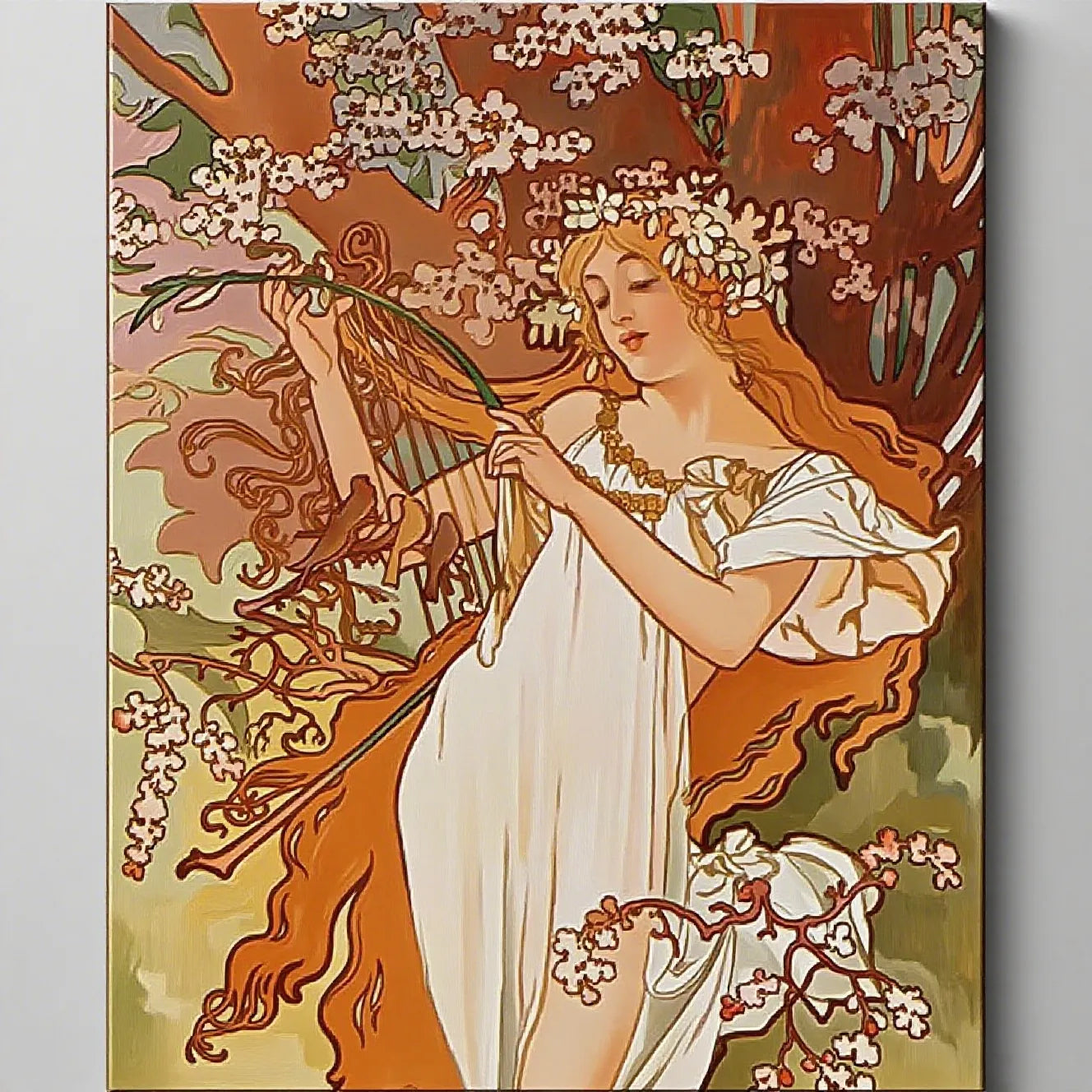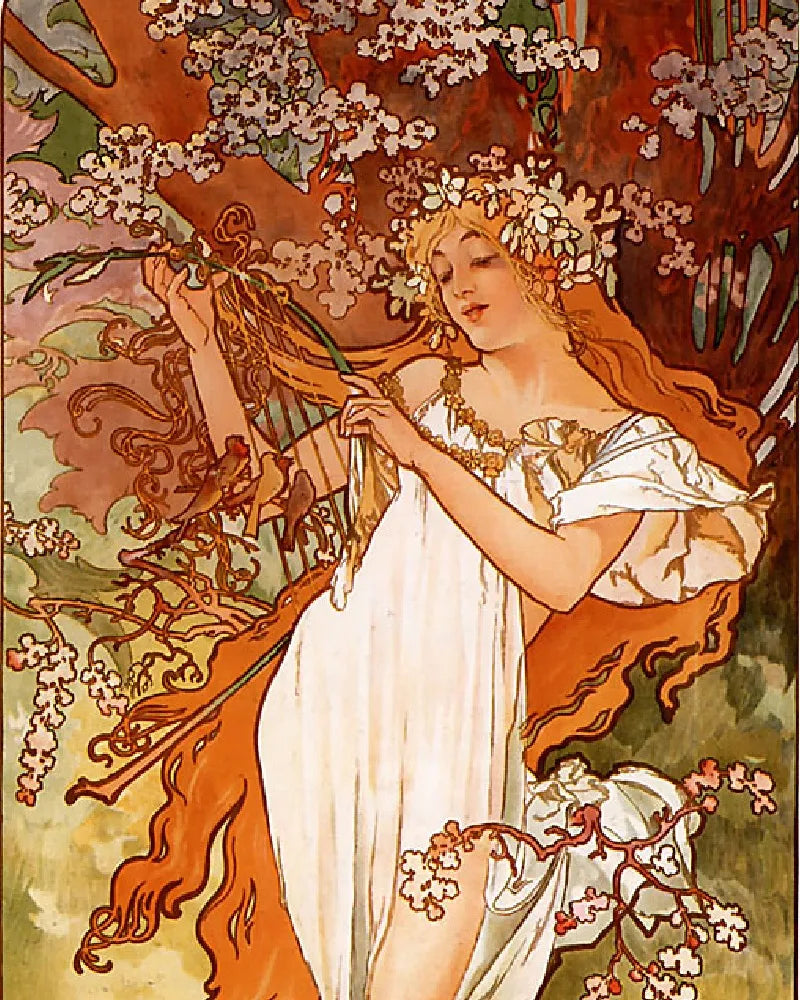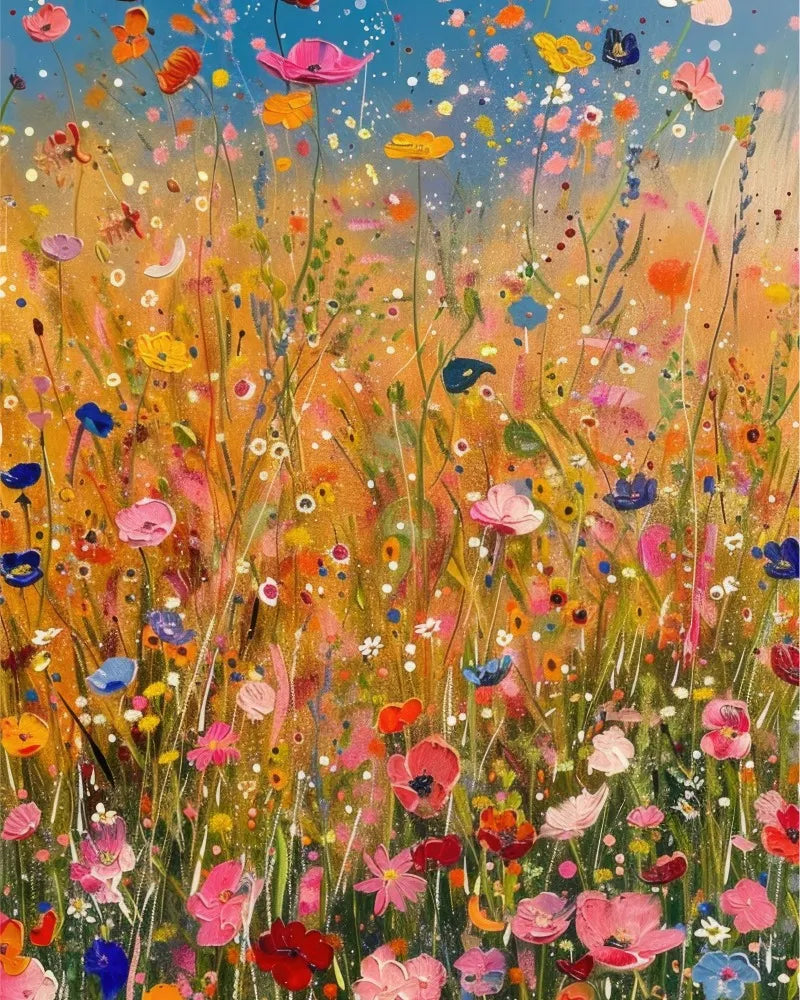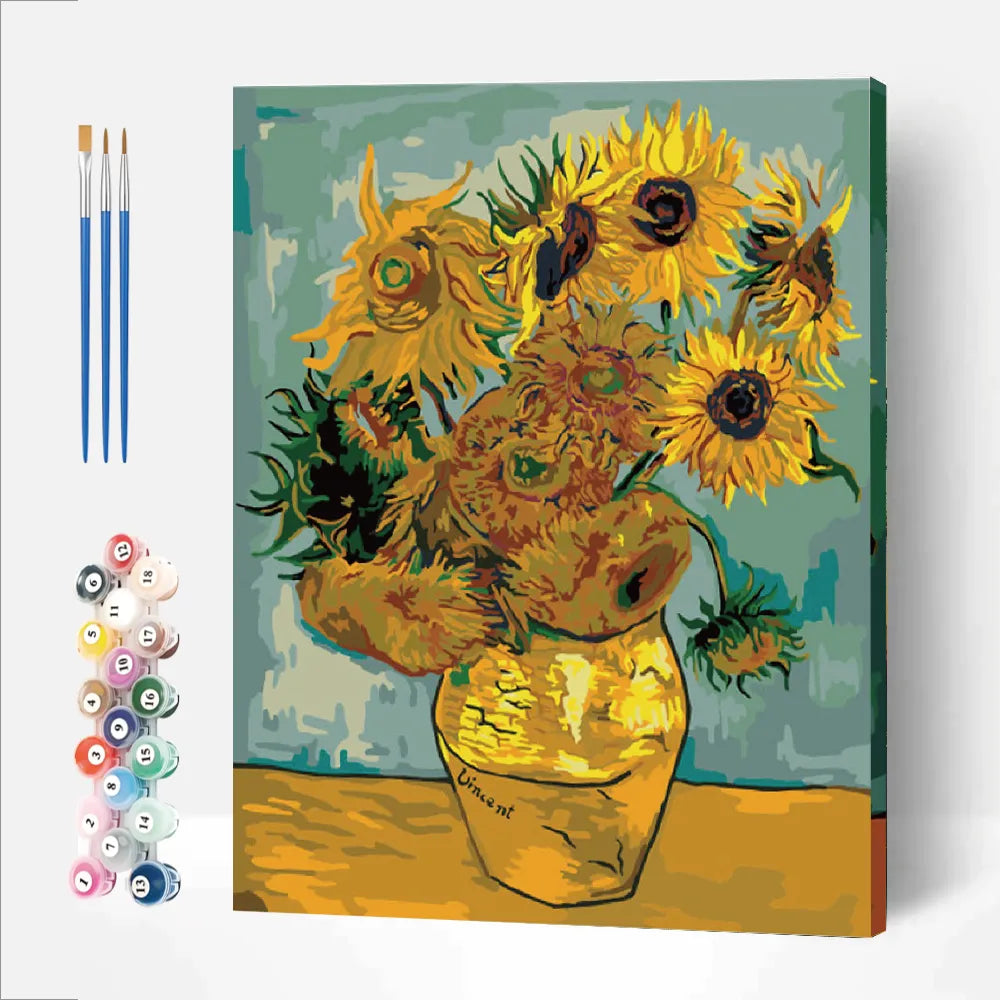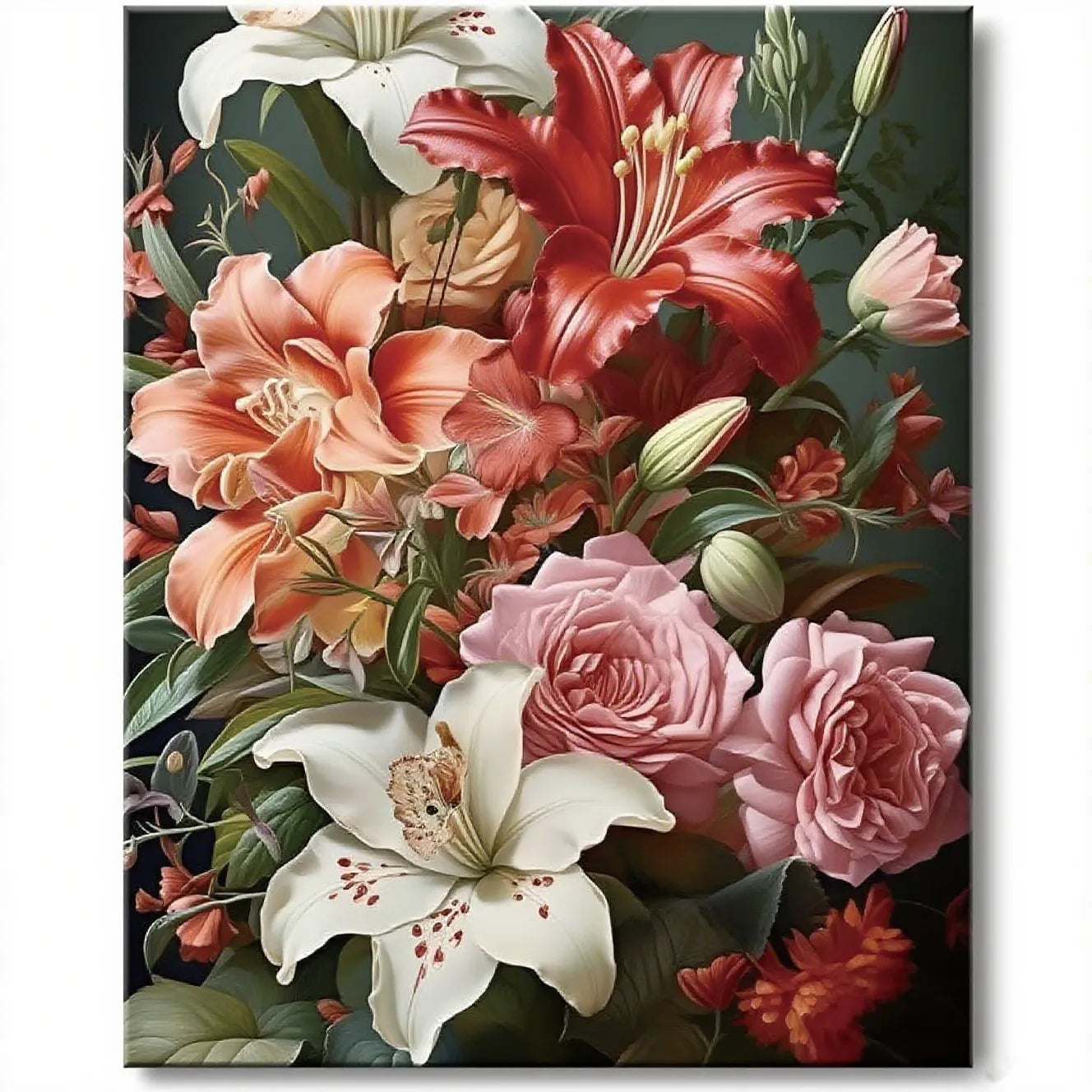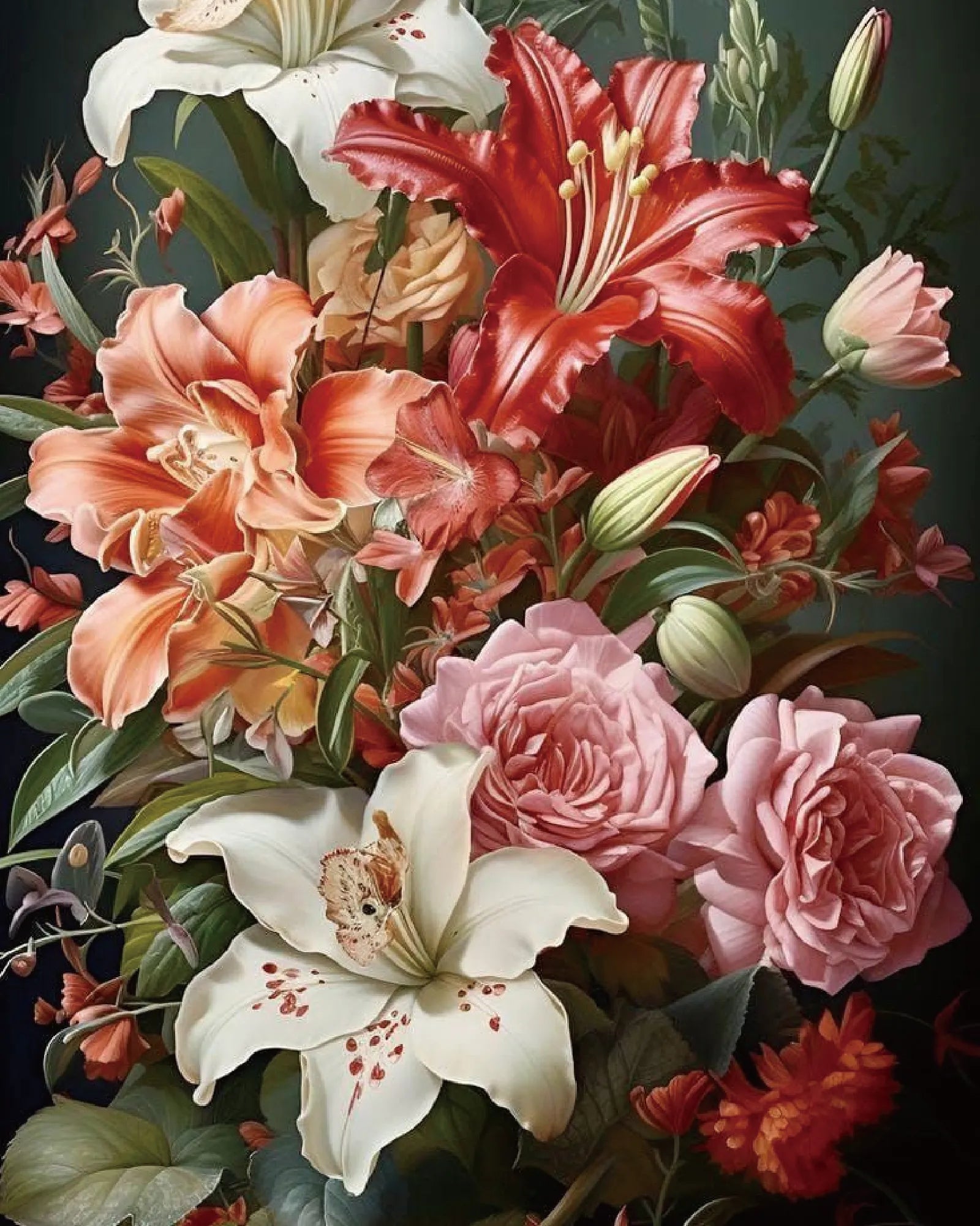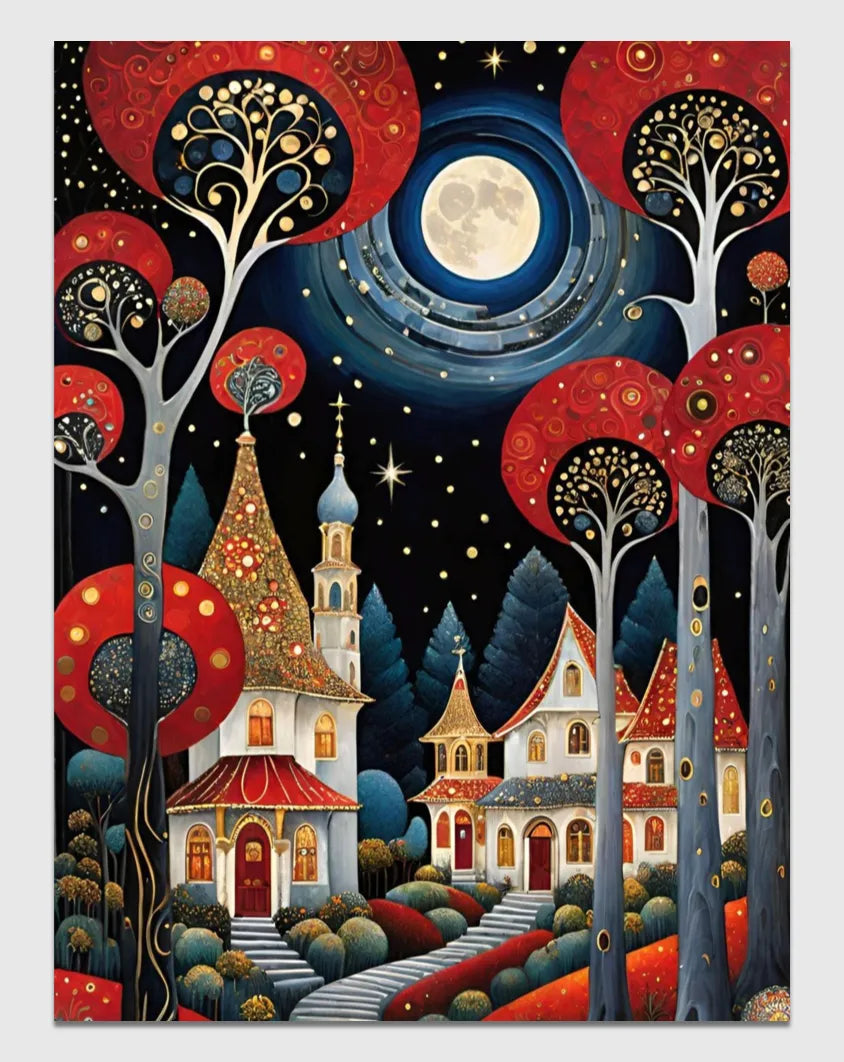Color is one of the most powerful tools in a designer’s toolkit. Whether you’re a graphic designer seeking the perfect palette, an art student learning color theory, or simply a design enthusiast curious about the beauty of hues, understanding the classification of colors is key to unlocking creativity. But how are colors classified? How do primary colors form the foundation of color creation? What role do color models like RGB and CMYK play, and how do trendy palettes like Morandi or Cyberpunk colors fit into the bigger picture? This guide breaks down the types of colors, their formation, and popular color families to help expand your understanding of the color system and inspire your next creative project.
Table of content
- Primary Colors: The Foundation of All Colors
- Secondary Colors: Created by Mixing Primary Colors
- Tertiary Colors: Adding Complexity to Color Palettes
- Color by Temperature
- Harmonious Colors
- Complementary Colors
- The Power of Complementary Colors in Design
- Exploring the Types of Colors
- Popular Types of Colors to Know
- Why Understanding Color Systems Matters for Designers
Primary Colors: The Foundation of All Colors

Primary colors are the building blocks of color theory. These colors cannot be created by mixing any other colors. Traditionally, the three primary colors are red, blue, and yellow, and together they create the starting point for most color systems. Why are primary colors important? Primary colors play a central role in design because they serve as the base from which all other colors are formed. By blending these foundational shades, designers can create a seemingly infinite variety of hues. For example, the RGB color model, used in digital screens, has its own set of primary colors: red, green, and blue, which combine to create vibrant imagery on displays.
Secondary Colors: Created by Mixing Primary Colors

Secondary colors emerge when two primary colors are blended.
- Red + Yellow = Orange
- Blue + Yellow = Green
- Red + Blue = Purple
These colors form the next level in the hierarchy of color classification. By understanding their relationships, designers can enhance the harmony and contrast of their work with ease. Secondary colors often serve as bold accents or complementary hues to primary colors, making them invaluable in compositions that need vibrancy and balance.
Tertiary Colors: Adding Complexity to Color Palettes

Tertiary colors, as the name suggests, are the third level in the color hierarchy. They are created by mixing a primary color with a neighboring secondary color. These blends result in six main tertiary colors, such as:
- Red-Orange
- Yellow-Orange
- Yellow-Green
- Blue-Green
- Blue-Purple
- Red-Purple
Tertiary colors introduce depth and nuance to color palettes. For designers, incorporating these hues helps craft more sophisticated and dynamic designs.
Color by Temperature

Colors can also be categorized based on their perceived temperature, which influences the mood and atmosphere of designs and spaces. Warm colors, such as red, orange, and yellow, evoke feelings of energy, passion, and warmth, reminiscent of sunlight or fire. These tones are often used to create inviting and stimulating environments. On the other hand, cool colors like blue, green, and purple are associated with calmness, serenity, and relaxation, drawing parallels to water, sky, and nature. Employing color temperature thoughtfully allows designers to set the emotional tone of a composition, making it a powerful tool in visual storytelling and design strategy.
Harmonious Colors
Harmonious colors are combinations that naturally complement each other, creating a sense of balance and visual appeal. These color pairings often follow principles such as analogous, where hues sit next to each other on the color wheel, or complementary, where opposite colors create striking contrast while maintaining unity. By choosing harmonious colors, designers can evoke a pleasing aesthetic that feels cohesive and intentional, whether in artwork, interior design, or branding. This approach ensures that viewers are drawn into the composition without feeling overwhelmed, making harmony a key element in effective design.
Complementary Colors


Complementary colors are an essential concept in the world of design and color theory. These are pairs of colors located directly opposite each other on the color wheel, such as blue and orange, red and green, or yellow and purple. The contrast between complementary colors creates a dynamic and visually striking effect that captures attention and adds energy to any design. When used thoughtfully, this pairing can emphasize specific elements, creating a sense of balance while making certain aspects stand out. Whether applied in graphic design, fashion, or advertising, complementary colors are a powerful tool to elevate compositions and evoke a lasting impression.
The Power of Complementary Colors in Design
Throughout history, artists have skillfully used different types of colors to evoke emotions, tell stories, and create visual harmony in their masterpieces. For example, in Vincent van Gogh's iconic painting Starry Night, the interplay of cool blues with touches of warm yellows creates a dreamlike yet emotional atmosphere. Similarly, Claude Monet's works, such as Water Lilies, rely on analogous colors to produce serene and cohesive scenes that draw viewers into their tranquil beauty. On the other hand, Pablo Picasso's use of monochromatic schemes during his Blue and Rose periods emphasizes mood and emotional depth, showcasing the power of limited palettes. The strategic application of color types by these artists not only defined their unique styles but also demonstrated how color can transcend the canvas to deeply resonate with viewers.
Exploring the Types of Colors
Color classification extends into technical systems or types of colors, which dictate how colors are designed for various media. Here are three important color models designers frequently use:
RGB (Red, Green, Blue)
The RGB type of colors is the default color system for digital screens, including TVs, computer monitors, and smartphones. Colors are created by mixing light in these three primary hues: red, green, and blue. It’s an additive color model, meaning the more light you add, the closer the result gets to pure white. For example, combining red and blue light creates magenta, while combining all three at full intensity produces white. RGB is perfect for digital projects like website design, video editing, and social media graphics, as it ensures the colors on your screen appear vibrant and accurate.
CMYK (Cyan, Magenta, Yellow, Black)
CMYK type of colors is a subtractive color model primarily used for print materials such as posters, business cards, and magazines. It works by layering pigments to subtract (or block) light from the white background of paper, creating various colors. The more color layers you add, the closer the result gets to black. For instance, mixing cyan and yellow creates green, while combining all four colors produces rich blacks and deep tones. This model is essential for ensuring printed designs look as accurate and vibrant as possible, especially when transitioning from digital to physical formats.
HSL (Hue, Saturation, Lightness)
HSL type of colors is a color model appreciated by designers for its intuitive and user-friendly structure. It breaks down colors into three components: hue (the type of color, such as red or blue, measured in degrees on a color wheel), saturation (the intensity or purity of the color, ranging from dull to vibrant), and lightness (the brightness, from dark to light). This flexibility makes HSL ideal for fine-tuning color palettes and creating aesthetically pleasing designs. It’s particularly helpful in contexts like graphic design, UX/UI design, and branding, where subtle adjustments can make a significant difference.
Popular Types of Colors to Know
Designers often gravitate toward specific color families to construct their projects. These palettes bring character, emotion, and storytelling to designs. Here’s a breakdown of some popular type of colors and their applications:
1. Morandi Colors

- Traits: Low saturation, muted, soft, and calming.
- Inspired by: Italian painter Giorgio Morandi’s serene still-life pieces.
- Use cases: Scandinavian interiors, minimalist fashion, soft makeup palettes.
- Key shades: Dusty pink, misty blue, oatmeal, grayish green.
2. Pastel / Macaron Colors

- Traits: High brightness, low saturation, delicate, and playful.
- Inspired by: French macaron desserts.
- Use cases: Kawaii aesthetics, children’s products, spring collections.
- Key shades: Mint green, baby pink, lemon yellow, lavender.
3. Memphis Colors

- Traits: Bold, high-contrast, retro-futuristic with geometric vibes.
- Inspired by: The 1980s Memphis Design movement.
- Use cases: Pop art, edgy branding, funky statement interiors.
- Key shades: Electric blue, fiery red, sunny yellow, black-and-white stripes.
4. Traditional Chinese Colors

- Traits: Elegant, poetic, rooted in nature and culture.
- Subgroups:
- Dunhuang Palette: Earthy red, mineral blue, ochre (inspired by cave murals). Jiangnan Palette: Celadon, lotus purple, bamboo green (evoking an ink-wash aesthetic).
- Dunhuang Palette: Earthy red, mineral blue, ochre (inspired by cave murals).
- Jiangnan Palette: Celadon, lotus purple, bamboo green (evoking an ink-wash aesthetic).
- Use cases: Cultural designs, new Chinese-style interiors.
5. Pantone Color of the Year

- Traits: Globally-trendsetting shades reflecting the world’s mood.
- Recent examples:
- 2020 Classic Blue PANTONE 19-4052 TCX2021 Ultimate Gray PANTONE 17-5104 TCX & Illuminating PANTONE 13-0647 TCX2022 Very Peri PANTONE 17-3938 TCX2023 Viva Magenta PANTONE 18-1750 TCX2024 Peach Fuzz PANTONE 13-1023 TCX2025 Mocha Mousse PANTONE 17-1230
- 2020 Classic Blue PANTONE 19-4052 TCX
- 2021 Ultimate Gray PANTONE 17-5104 TCX & Illuminating PANTONE 13-0647 TCX
- 2022 Very Peri PANTONE 17-3938 TCX
- 2023 Viva Magenta PANTONE 18-1750 TCX
- 2024 Peach Fuzz PANTONE 13-1023 TCX
- 2025 Mocha Mousse PANTONE 17-1230
6. Earth Tones

- Traits: Natural, warm, organic hues resembling earth’s elements.
- Use cases: Japandi style, sustainable fashion, cozy home décor.
- Key shades: Beige, camel, olive green, caramel brown.
7. Cyberpunk Colors

- Traits: Neon highlights on dark, futuristic backdrops.
- Inspired by: Sci-fi films like Blade Runner.
- Use cases: Tech-infused designs, game UI, edgy branding.
- Key shades: Neon pink, cyber blue, ultraviolet, void black.
8. Creamy Colors

- Traits: Warm, milky whites that are softer than stark white.
- Use cases: Hygge interiors, gentle fashion, welcoming designs.
- Key shades: Cream white, vanilla, almond latte.
Why Understanding Color Systems Matters for Designers
Color classification is more than a theoretical exercise. It gives you control over mood, perception, and the story you tell with your designs. By mastering primary, secondary, and tertiary colors, as well as learning how to use color models and families effectively, you elevate your work and connect with your audience on a deeper level. Whether you’re working on a branding project, interior design, or fashion collection, the knowledge of different coloring systems will set your designs apart and infuse them with intention and harmony.
Want to Deepen Your Color Knowledge?
Now that you’re equipped with the fundamentals of color classification, it’s time to explore these ideas further in your work. Experiment with different types of colors and practices to find combinations that resonate with your creative style.
Improve the understanding of color with Paint by Numbers
A fascinating way to enhance your understanding of colors is by trying custom paint by numbers. This creative activity not only provides a meditative and enjoyable experience but also offers a practical lesson in color placement, blending, and contrast. By following the guided patterns, you’ll learn how various hues interact with one another to create stunning, cohesive artworks. It’s an excellent hands-on method to deepen your appreciation for color theory while unleashing your artistic potential!


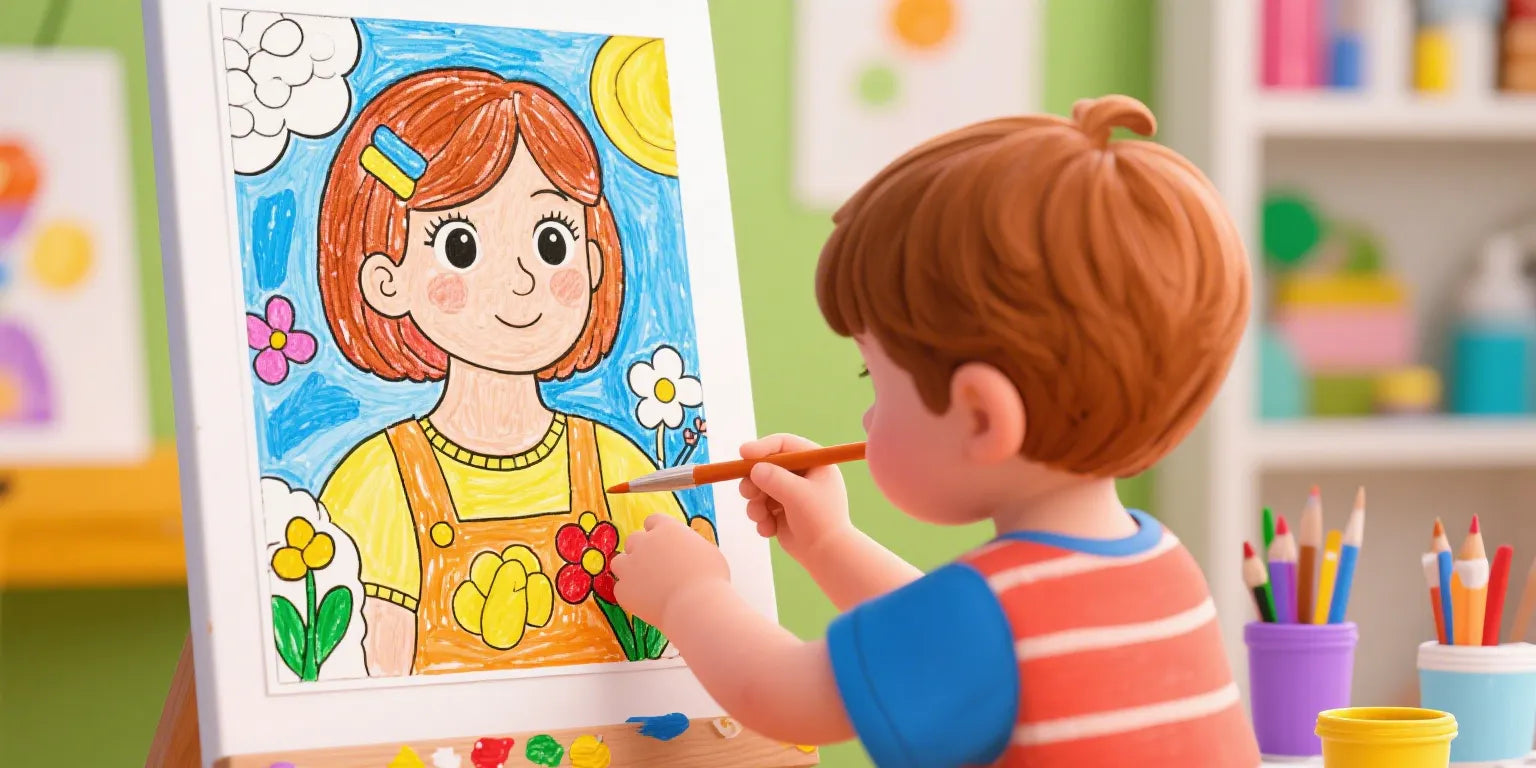
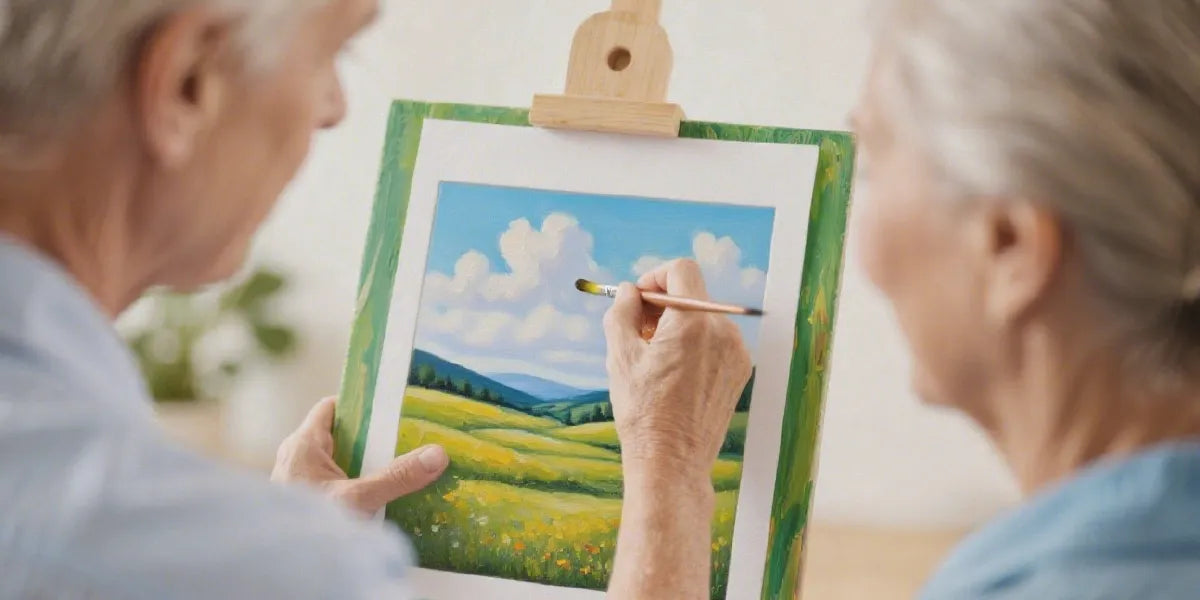
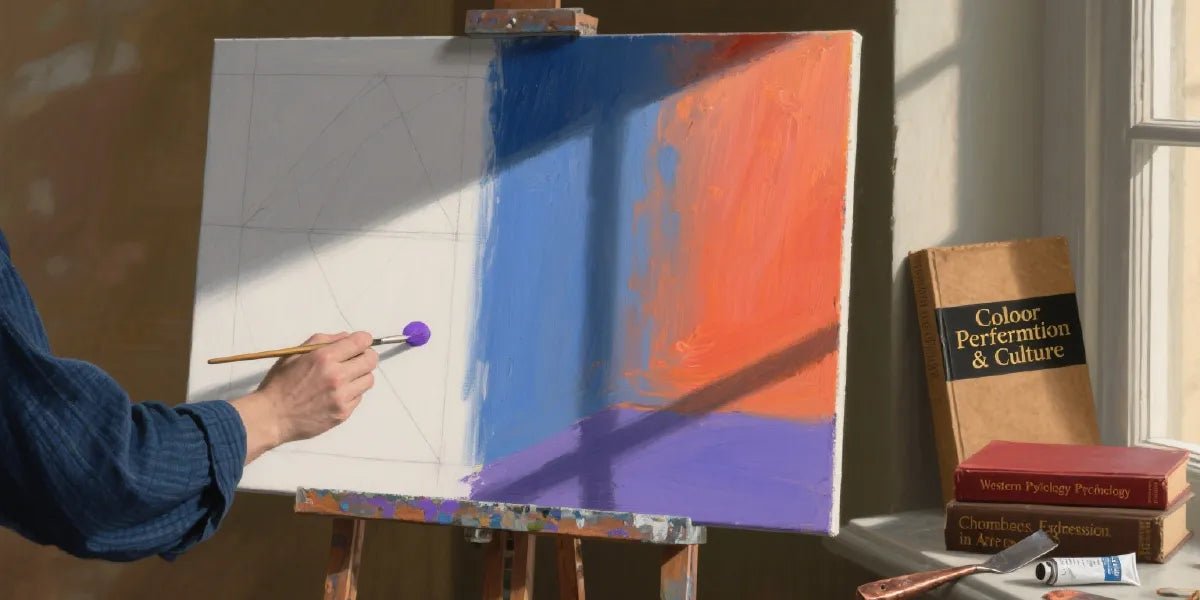
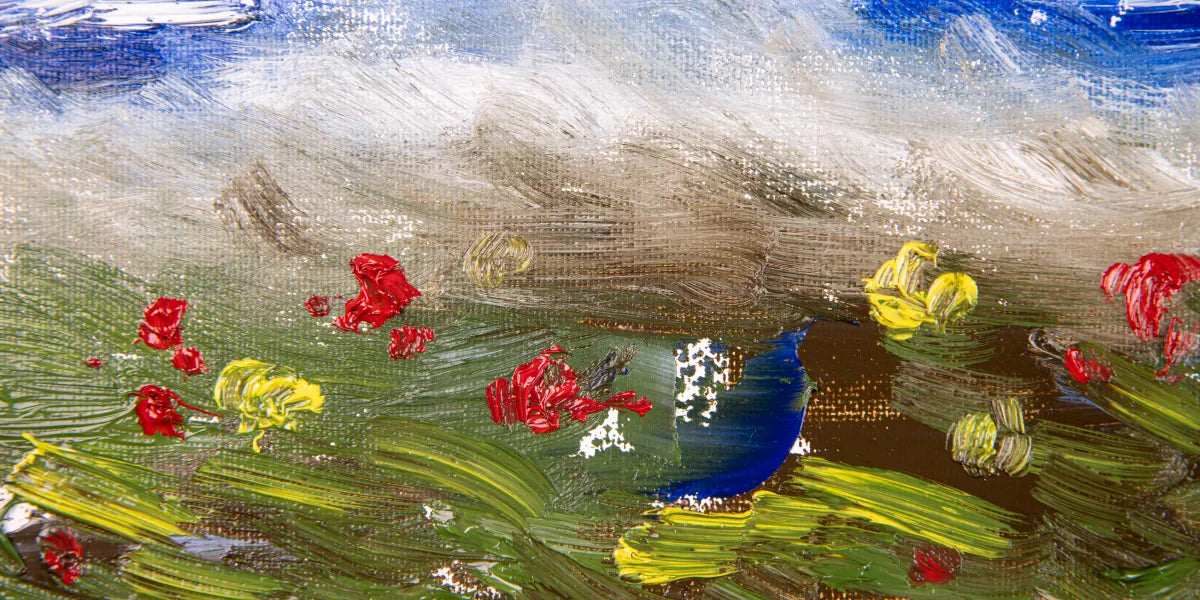
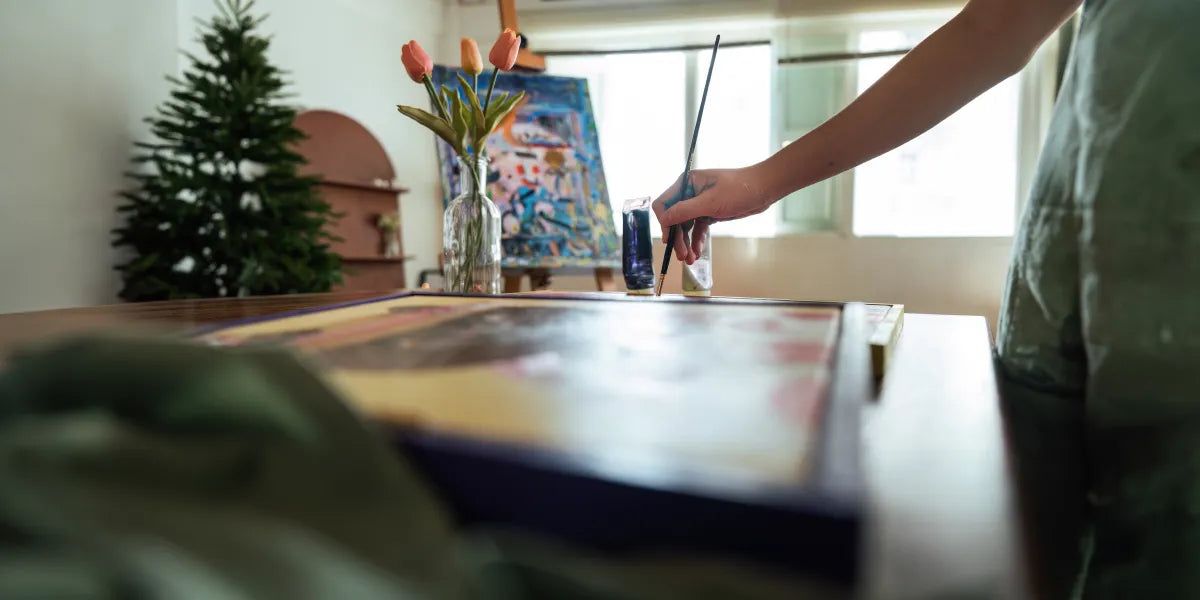
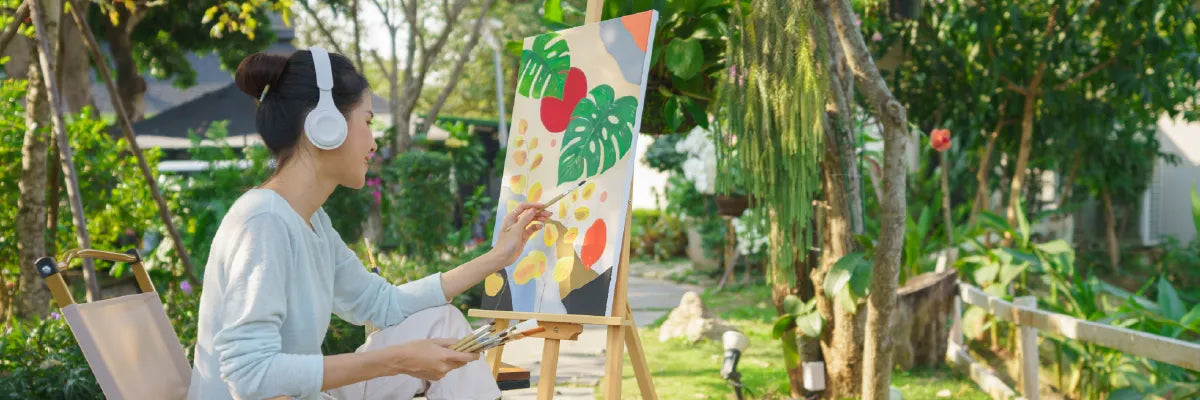
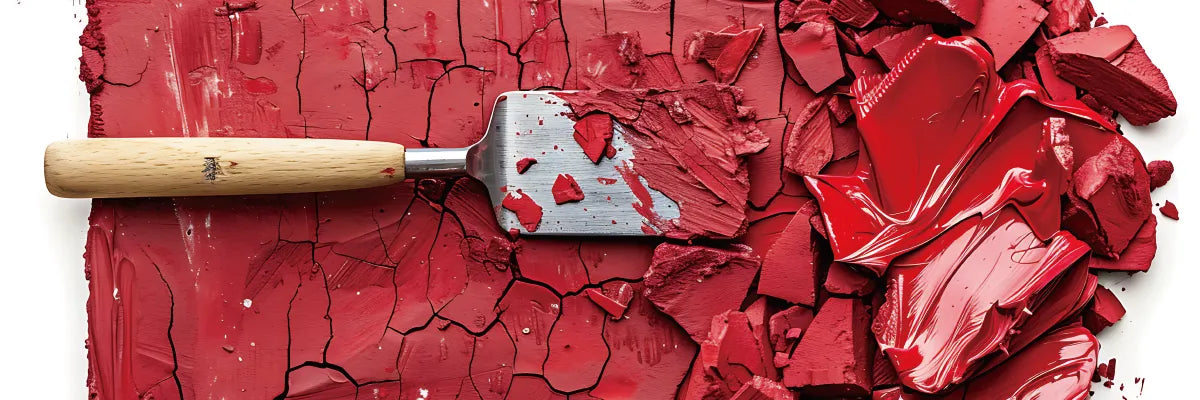
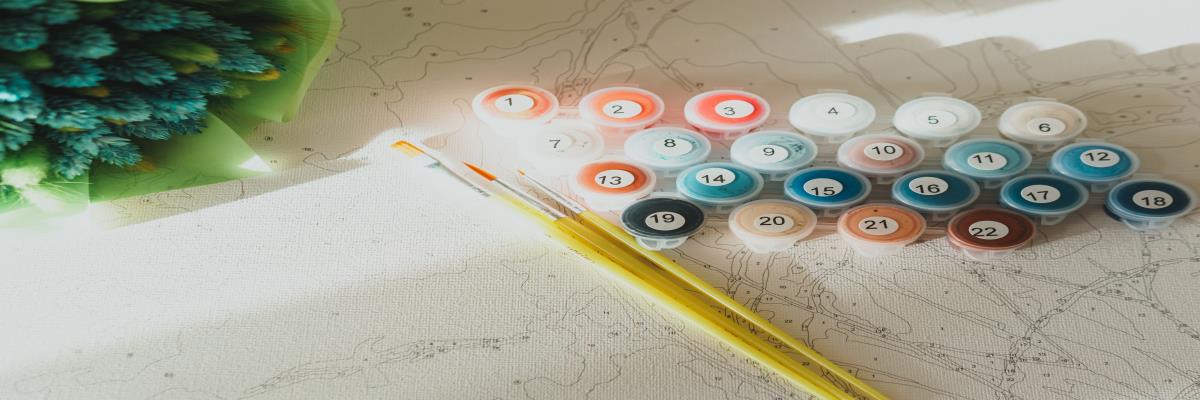
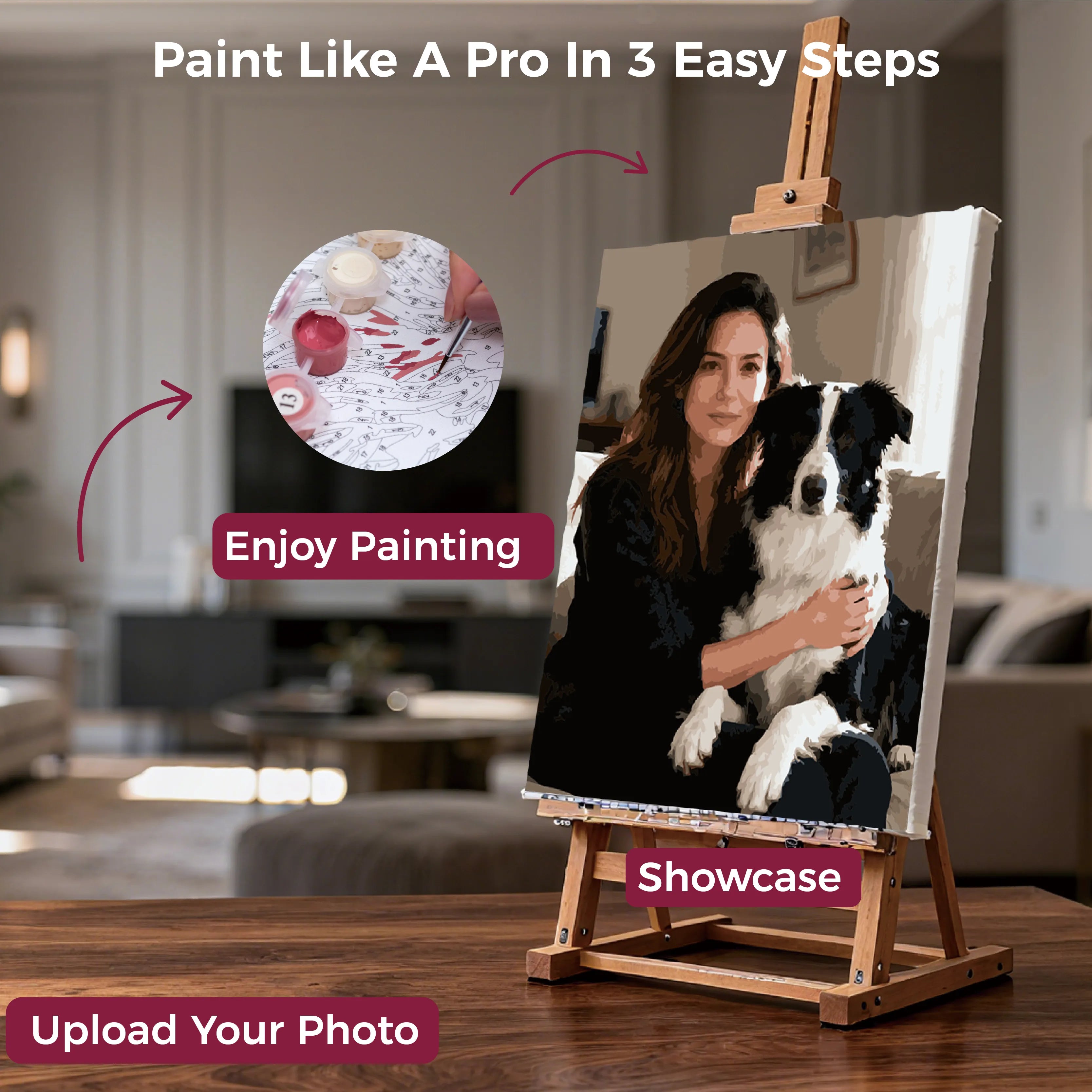

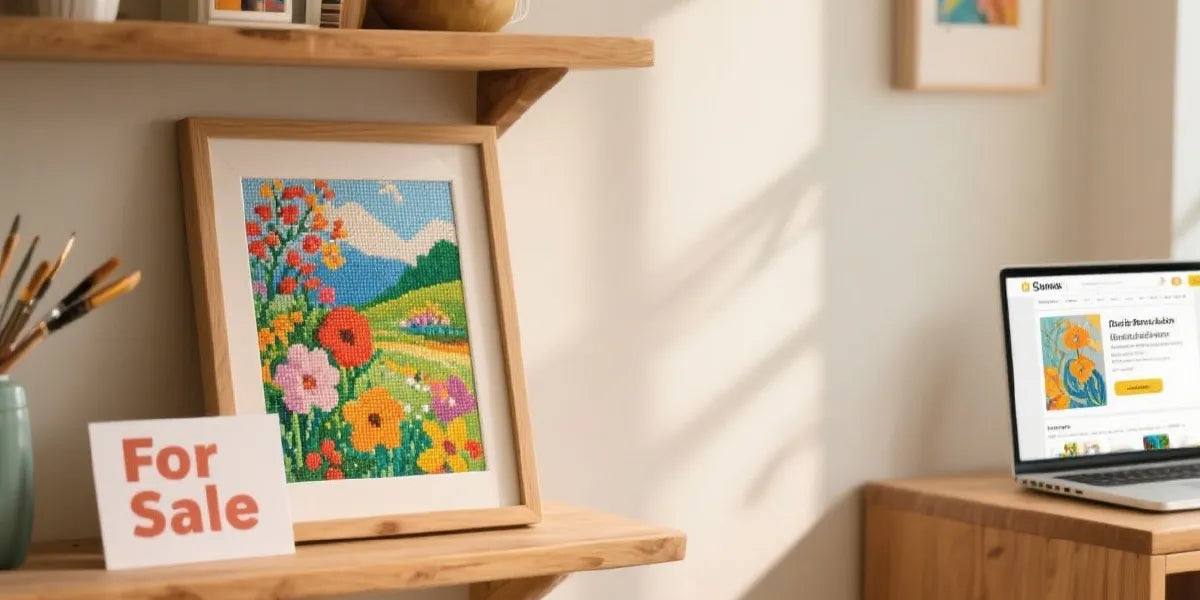
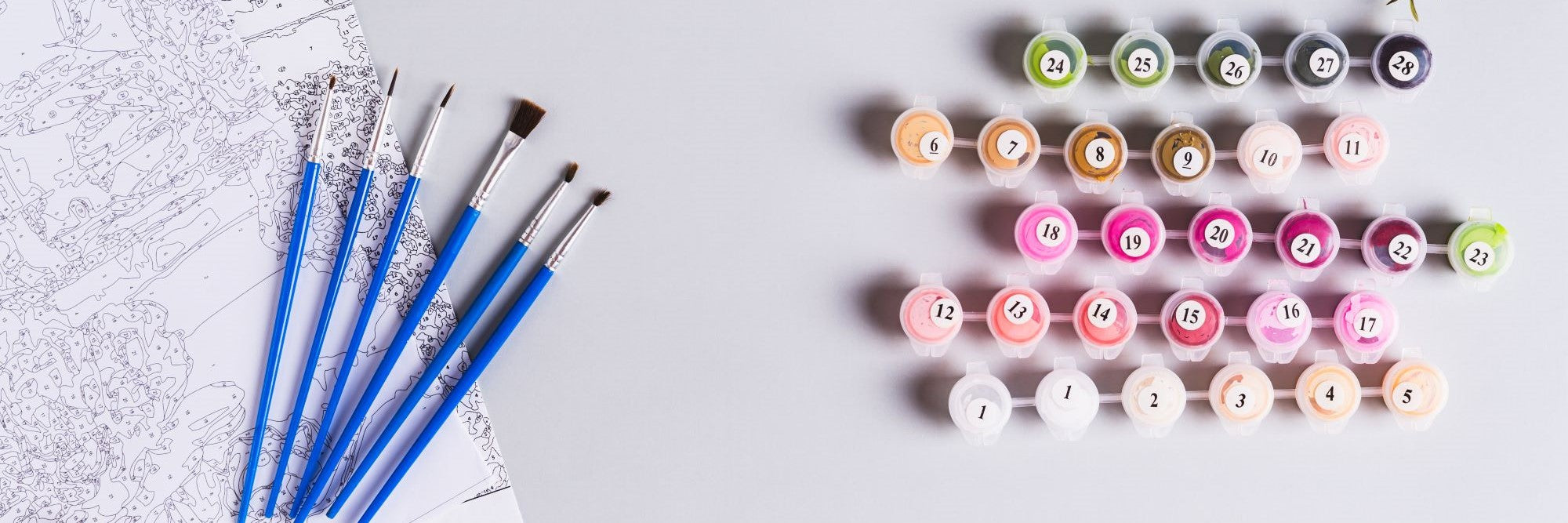

 https://1001canvas.com/blogs
https://1001canvas.com/blogs

